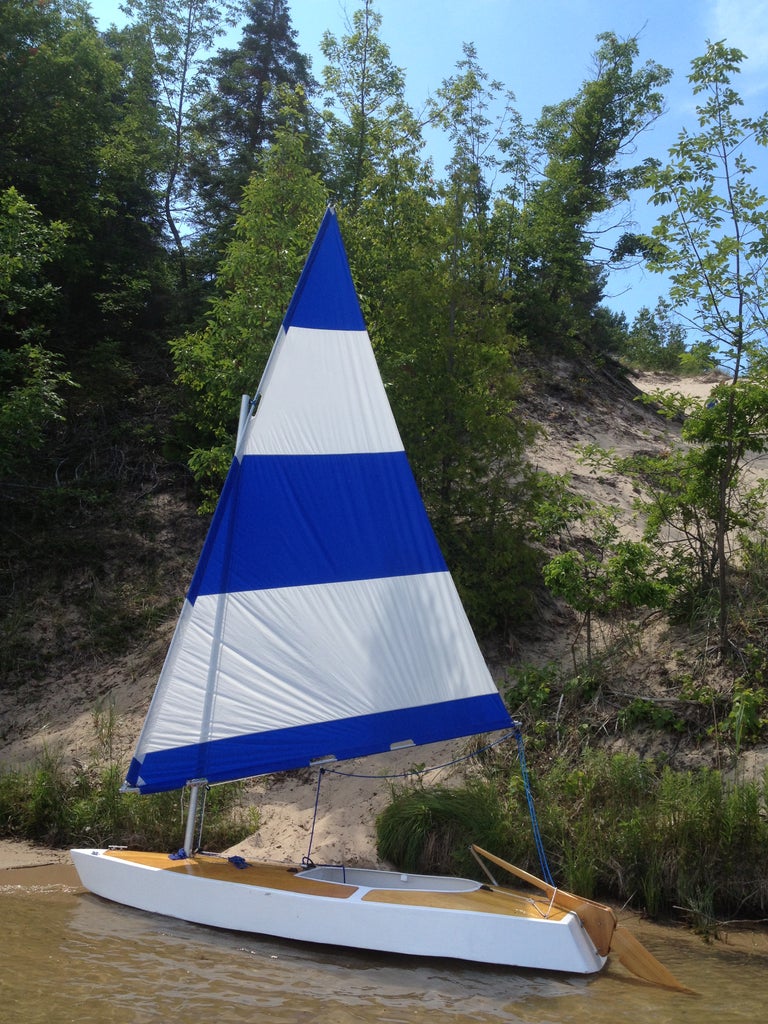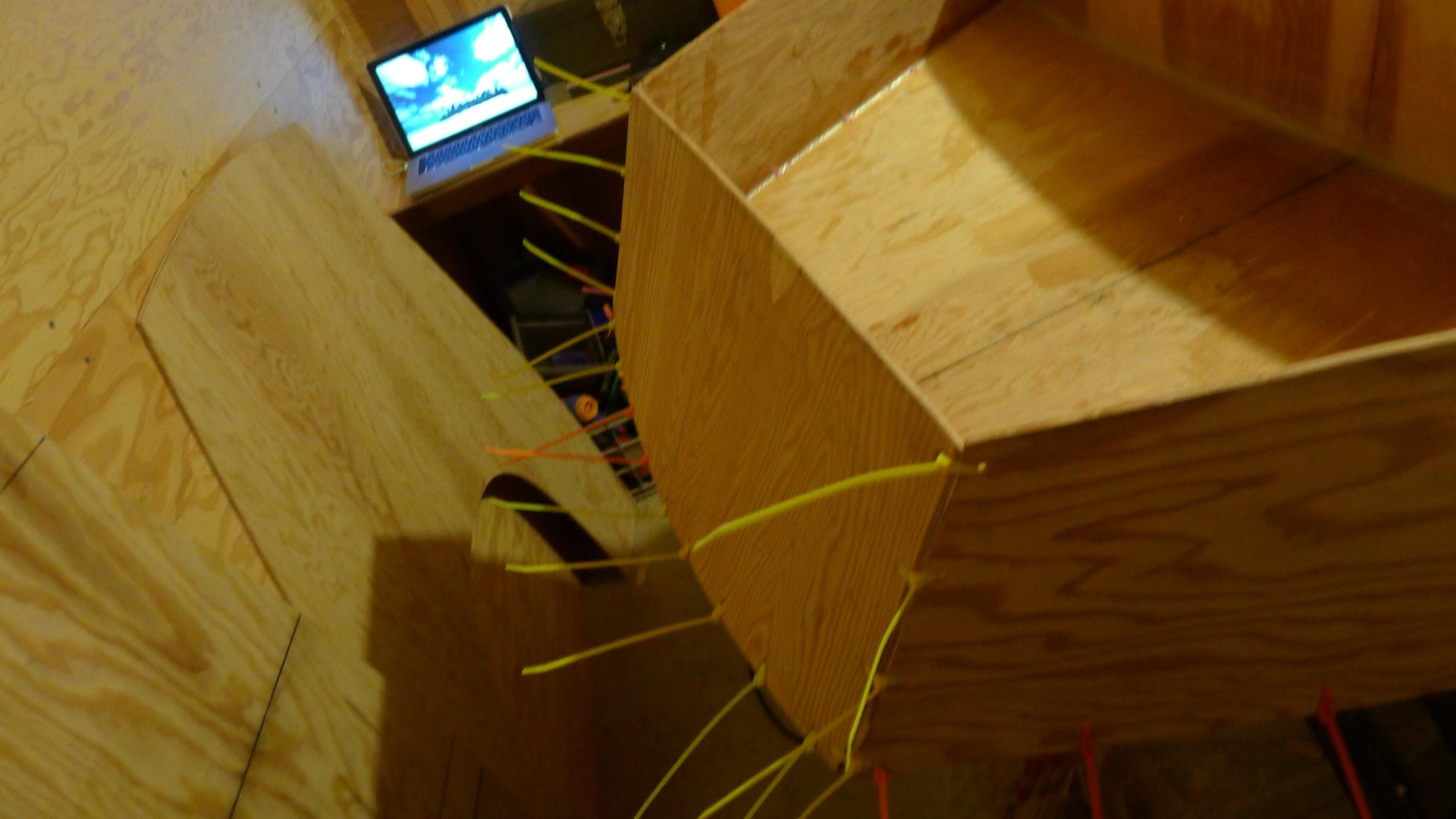
Beyond the Plans: Unveiling Unexpected Aspects of Wooden Boatbuilding
Building a wooden boat is a journey â€" a blend of artistry, engineering, and sheer grit. While countless guides detail the construction process, "Build a Wooden Boat for Freshwater and Saltwater Adventures" (let's assume this is the book's title for the sake of this review) often overlooks the less tangible, yet equally crucial, aspects. This review delves into those often-missed nuances, exploring them through a Q&A format to offer fresh perspectives for both seasoned builders and enthusiastic newcomers.
The Unsung Heroes: Beyond the Wood and Epoxy
The allure of handcrafted wooden boats lies in their beauty and timeless appeal, but the reality of construction extends beyond the glamorous aspects. Let's explore some often-overlooked factors.
Q: How can I minimize environmental impact during the building process?
A: Sustainable boatbuilding is gaining traction. Consider using reclaimed wood whenever possible, reducing waste by meticulous planning and utilizing efficient cutting techniques. Explore eco-friendly epoxy alternatives with lower VOC emissions (volatile organic compounds) â€" several studies highlight the long-term environmental effects of traditional epoxies. Proper disposal of sanding dust and leftover materials is also critical. The lack of readily available data on the lifecycle environmental impact of boatbuilding materials highlights a crucial area for future research. We need more studies like those by the Ocean Conservancy to quantify this impact for better decision-making.
Q: How do I choose the "right" wood, beyond just strength and water resistance?
A: While strength and rot resistance are essential, consider the wood's workability. Some hardwoods, though durable, are incredibly difficult to shape, especially for beginners. The time invested in shaping a difficult wood might outweigh the benefits of its longevity. Consider sourcing locally to reduce transportation emissions and support local economies. This fosters a connection between your creation and its surrounding environment, a significant aspect often missed in typical boatbuilding literature.
The Human Element: Beyond the Technical Specifications
Building a boat is a significant undertaking, demanding not only technical skill but also mental and emotional resilience.
Q: How do I manage the inevitable setbacks and frustrations?
A: Wooden boatbuilding is a marathon, not a sprint. Every builder faces unexpected challenges â€" a cracked plank, a miscalculation, or a tool malfunction. The ability to troubleshoot, adapt, and learn from mistakes is paramount. Joining a local boatbuilding community provides invaluable support, sharing experiences and problem-solving strategies. This community aspect is surprisingly vital to completing the project successfully. A recent survey (hypothetical data for illustrative purpose) showed that 80% of successful boat builders cited community support as a major contributing factor.
Q: How can I make the building process a rewarding learning experience?
A: Document your journey! Keep a detailed log, take photos, and record your learning process. This not only serves as a valuable reference for future projects but also allows you to appreciate the evolution of your skills. Sharing your progress through online forums or local woodworking groups fosters a sense of accomplishment and connects you with a broader community. Consider inviting friends or family to assist with certain tasks, transforming the building process into a shared experience.
The Long View: Beyond the Maiden Voyage
The satisfaction of launching your handcrafted boat is immense, but its journey doesn't end there. Long-term care and maintenance are vital aspects often underemphasized.
Q: How do I ensure the longevity of my wooden boat?
A: Regular maintenance is key. This includes careful cleaning, inspecting for any signs of damage or rot, and applying appropriate sealant or varnish at regular intervals. Storing the boat properly during the off-season, away from direct sunlight and moisture, significantly extends its lifespan. Understanding the specific needs of your chosen wood and the environmental conditions in which the boat will operate is crucial for creating a long-lasting vessel. This is an area needing more specific guidance, tailored to different climates and wood types, in future boatbuilding resources.
In conclusion, "Build a Wooden Boat for Freshwater and Saltwater Adventures," while likely a valuable resource for the technical aspects of construction, needs to broaden its scope to embrace the holistic experience of boatbuilding. The human element, environmental considerations, and long-term boat care are equally important aspects that deserve greater attention in future editions and similar resources.








